Story and photos by Anita Westervelt, Texas Master Naturalist
Moths have fun, exotic and romantic names like four-patched bird-dropping, eggplant leafroller, marsh dagger, magician moth, beautiful wave, Southern emerald, black-bordered lemon and Victorian lamplighter.
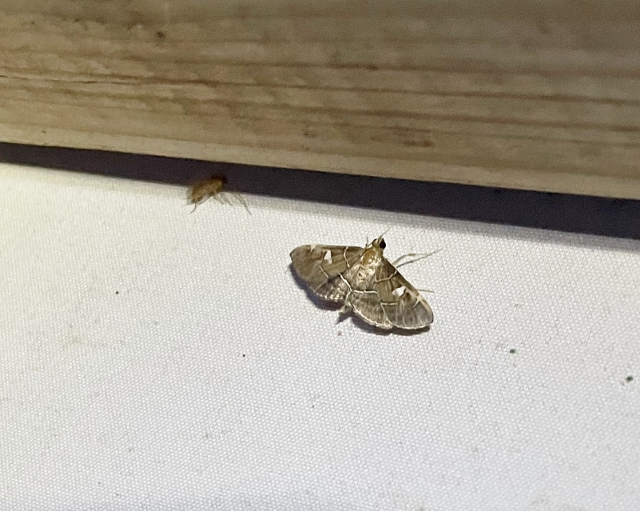
There are about 4,700 documented species of moths in Texas with more being added to the list as Texas Master Naturalists, scientists, moth enthusiasts and residents participate in citizen scientist events and private and group mothing activities.
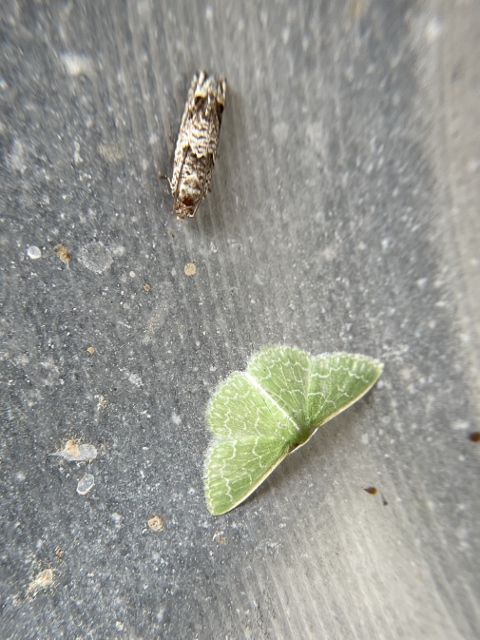
National Moth Week 2021 is July 17-25. A global event designed to promote appreciation of moths, this year it is being celebrated in all 50 U.S. states and 80 countries. Check with local park personnel for possible mothing events. Alternately, it’s easy to attract moths in your own yard by setting up a moth sheet and black light. For ideas, type moth sheet setup in your search engine or visit www.nationalmothweek.org.
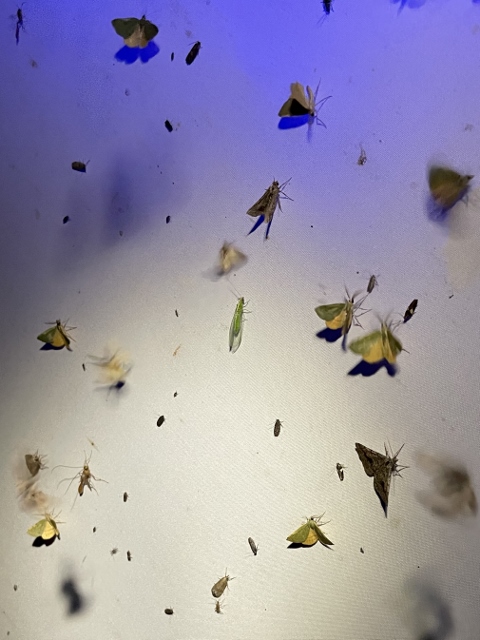
Moths belong to the same order as butterflies: Lepidoptera. There are 150,000 species of moths worldwide — some speculate there are five times that number. There are more than 14,000 species of moths in North America. Moths outnumber butterflies 10 to one, but the science is relatively unstudied although gaining in popularity in several countries.
Moths are important. Like butterflies, most moths drink flower nectar and in doing so pollinate flowers which in turn helps seed production — not only of wild plants and garden plants, but of food crops as well — and night-blooming flowers missed by day-time pollinators.
Moths play a vital role in the ecosystem. Adult female moths can lay hundreds of eggs during their life span subsequently producing caterpillars that become food for other wildlife, such as other insects, spiders, frogs, toads, lizards, bats and birds. Moth caterpillars are voracious eaters; their resulting droppings, called frass, return important nutrients to the soil. Moths themselves are a food source of many wildlife.
Like butterflies, moths have host plants that feed each species’ caterpillars. Unlike butterflies, moths can use a much wider variety of plants as larval hosts. For instance, caterpillars in the tiger moth tribe used 24 different species of plants in my yard last summer, including native passion vines, snapdragon vines, mistflower, lantana, frost weed, fiddlewood and the ubiquitous day flower. They were found eating leaves of nonnative plants, too, like yellow butterfly vine, hibiscus, Hawaiian snow shrub, split leaf philodendron, Dutchman’s pipevine and even the leaves on a grapefruit tree.
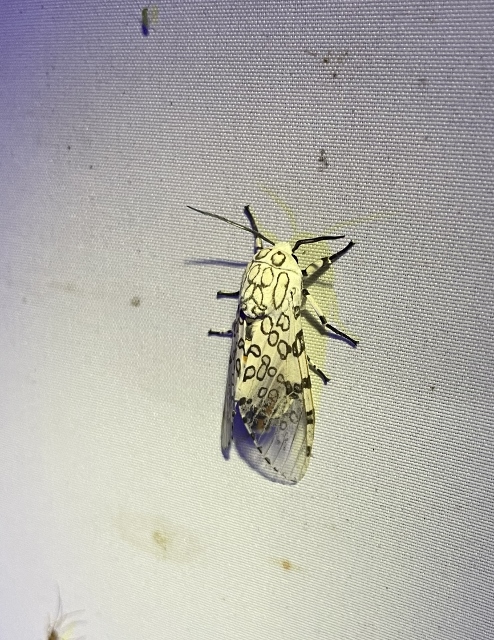
Consider adding a moth garden to your landscape or supplement an existing butterfly or pollinator garden; moths are attracted to gardens with a variety of plants that include grasses, flowers, shrubs and trees. Include night-blooming plants; typical flowers favored by moths are generally white or pale so they reflect moonlight; they open in late afternoon and are generally overwhelmingly fragrant only at night. Native plants like moonflower (Datura wrightii), nicotiana (Nicotiana repanda), heliotrope (Heliotropium angiospermum) and Berlandier’s trumpet (Acleisanthes longiflora) are hearty examples; nonnative night blooming species include morning glory, gardenia, white, single variety petunia and night jasmine. Keep plant clippings, fallen leaves and mulch under shrubs and plants to allow hiding spots for moths during the day.
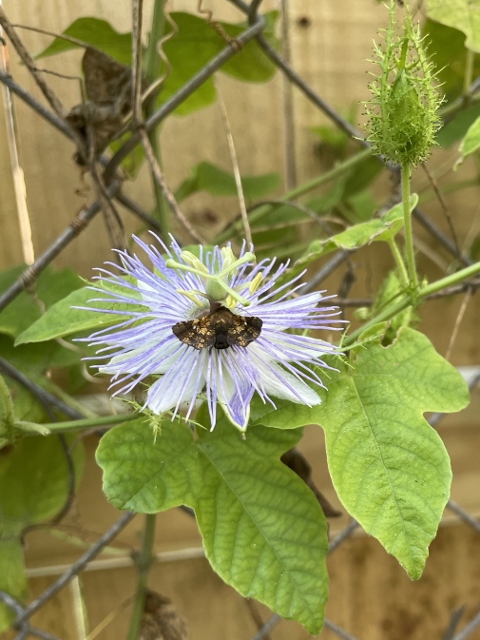
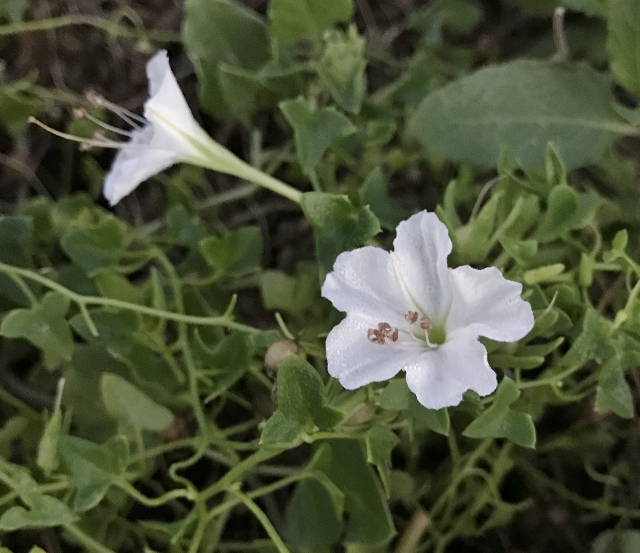
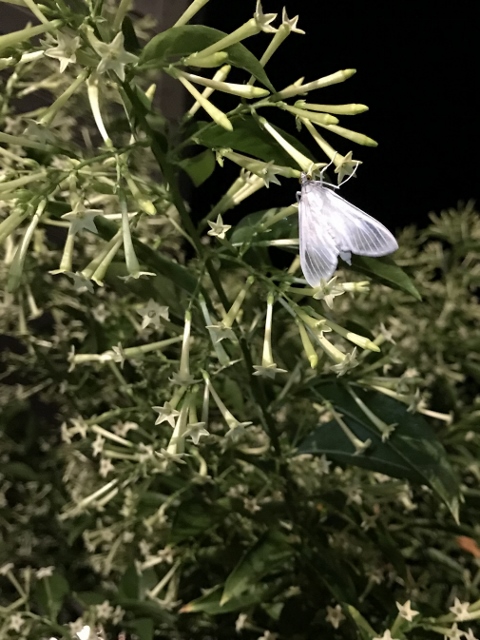
Gardeningknowhow.com, natureconsesrvancy.ca, aggie-horticulture.tamu.edu, National Wildlife Federation (NWF.org), animals.howstuffworks.com and pollinator.org were helpful in writing this article.
– 30 –

Leave a Reply